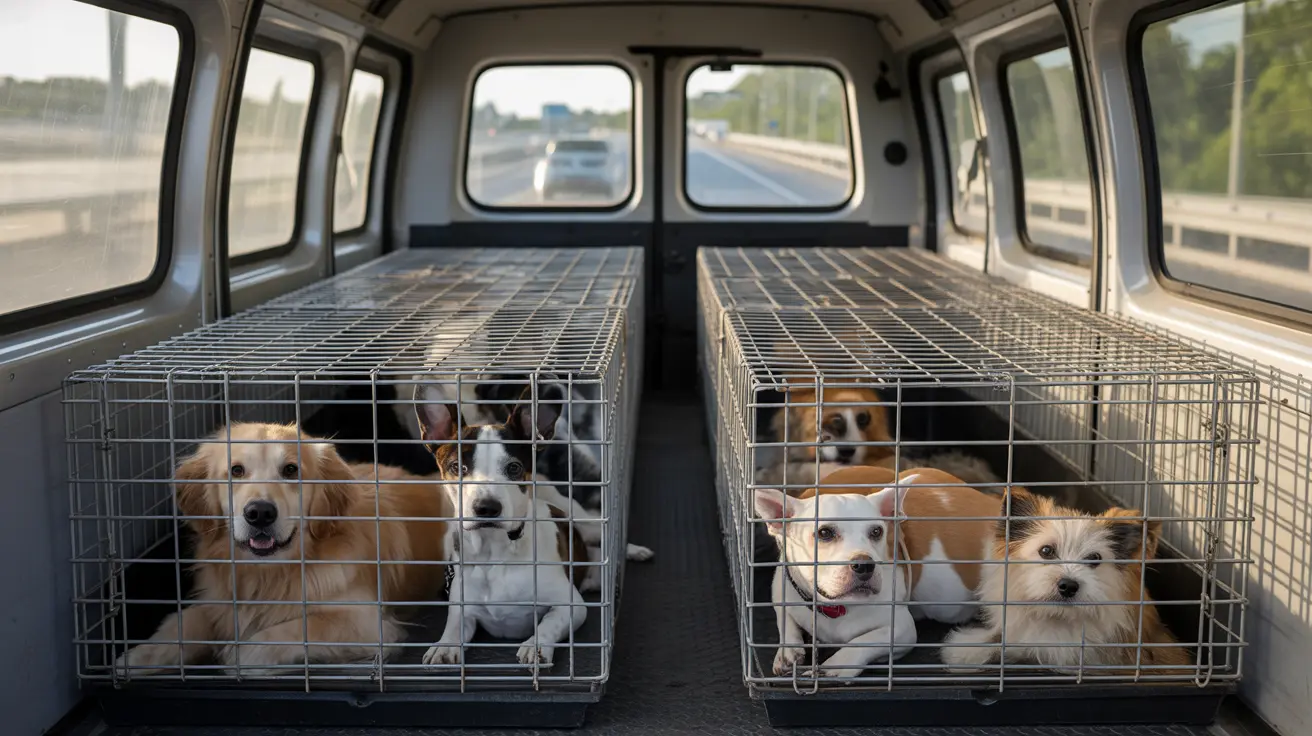How to Cover a Cat Litter Box: DIY Solutions and Best Practices
Keeping your home clean and your pets safe can be a challenge, especially when it comes to managing your cat's litter box in a multi-pet household. One common issue arises when **dogs are attracted to cat feces**, which may pose health risks to the dog and create messy situations for pet owners. Covering or securing the litter box can offer a solution, but it's essential to do it in a way that meets your cat’s needs and prevents unwanted behavior from dogs.Why Cover a Cat Litter Box?
Covering a litter box serves several purposes:
- Dog deterrent: Dogs often view cat litter boxes as sources of "snacks." Blocking access can protect their health.
- Mess control: Covered boxes or foyers help contain litter pawed out by cats.
- Privacy for your cat: Many cats prefer eliminating in private areas.
DIY Covered Litter Box Using Storage Crates
This is a highly effective and customizable method that prevents dog access while remaining cat-friendly.
Materials Needed:- One 30-gallon storage crate
- One 18-gallon storage crate (that nests inside the larger one)
- 1.5-inch hole saw and drill
- Jigsaw
- Scrap wood and 4 wood screws
- Small mat or piece of carpet
- Cut an entry door in each container, ensuring the dimensions are large enough for your cat (e.g., 5.5” wide by 8.5” tall) but too small for your dog.
- Use a jigsaw to create a smooth opening. Sand all edges to remove sharpness.
- Insert the smaller crate into the larger crate to form a "foyer" space.
- Build a low false floor using scrap wood inside the outer crate. Secure with screws—this helps anchor the inner unit and blocks dogs from reaching the litter.
- Add a small carpet or mat at the base to catch litter from cat paws upon exit.
- Optionally, cut holes in the lid of the crate for light, helping cats who dislike dark boxes.
Alternative Dog-Proofing Techniques
If building a custom crate is not feasible, consider these solutions:
- Use baby gates: Install gates with cat-sized openings or raise them slightly for cat access.
- Add a door latch or prop: Keep the litter room door partially open—enough for your cat but not your dog.
- Install a pet door: Cat doors or microchip-controlled pet doors limit entry access.
- Creative placement: Put the litter box in a closet, on a counter, or behind furniture.
- Furniture enclosures: Litter box cabinets disguise the box and can include barriers.
Behavioral Alternatives
Training your dog to avoid the litter box can supplement environmental changes:
- Teach commands like “leave it” using positive reinforcement.
- Supervise and redirect your dog when near the litter box.
Risks of Dogs Eating Cat Litter
Dogs are natural scavengers and may be drawn to cat feces due to its scent. While this behavior is common, it can be hazardous:
- Salmonella and parasites such as roundworms and toxoplasma can be transmitted.
- Allergic reactions or blockages from clumping litter ingestion may occur.
- Illness symptoms include vomiting, diarrhea, lethargy, loss of appetite, and bad breath.
Tips to Keep Cats Comfortable
When modifying or relocating the litter box, keep your cat’s comfort in mind:
- Place the box in a quiet, private location with multiple exits.
- Transition gradually to avoid stressing the cat.
- Ensure the entry size matches your cat’s capability, especially for older cats.
- Clean the box frequently to keep it appealing for your cat and unappealing for your dog.
Final Thoughts
Covering a cat litter box goes beyond aesthetics—it’s about ensuring your cat’s safety, your dog’s health, and your home’s cleanliness. Whether through DIY methods or smart placement, creating a litter space that’s dog-proof and cat-approved is achievable. Always consider your pets’ behaviors and physical abilities when choosing a solution and don’t hesitate to experiment with multiple strategies for the best outcome.





